Ready to be confused?
There are actually more than three origins for the Marvel/Timely/Atlas Comics character The TWO-GUN KID,
because there are in fact more than one TWO-GUN KID!
For our purposes here today, we are going to focus on TWO-GUN's first incarnation.
He first appeared in the comics in 1948, in Marvel's' TWO-GUN KID #1, portrayed by Marvel's go-to western artist Syd Shores. The TWO-GUN KID was Marvel's second continuing western character (the first being The Masked Raider, who first appeared in MARVEL COMICS #1,1939), and (by name, at least) their longest running western star. The Kid was a tall, handsome blonde-haired cowboy named Clay Harder, who wore a black hat, black shirt and red neckerchief, and many of his adventures began and ended with him riding into(or out of) the story while singing a song, such as, "I ride alone thruout the west, from Dodge to Alamo, I'm on the trail of owlhoots, that's why my guns hang low"!
TWO-GUN showed up full-blown, that is to say, with no back story. That would come later. This first comic series lasted only 10 issues, stopping after only a year and 1/2 in 1949. Four years later Marvel tried again, and with TWO-GUN KID #11 the Kid was back in action, better than ever. First re-appearing drawn ably by Fred Kida, followed by Bob Fujitani, Chuck Miller, Joe Maneely, Jack Davis, Al Hartley, John Severin, and finally by the team of Jack Kirby and Dick Ayers, who would be at the helm when Marvel transformed the character into his newer incarnation in 1962.
TWO-GUN KID #1 1948 art by Syd Shores
TWO-GUN's first origin appeared in TWO GUN KID #36, April 1957, depicted by Chuck Miller.
We will discover that the origin story to follow a few months later would essentially contradict this first narrative.
Let's enjoy this adventure, and later examine the other versions.
Origin number one:
Origin number one:
___________________________
____________________________
____________________________
TWO-GUN's next origin story was revealed exactly one year later, in TWO-GUN KID #41, April 1958.
This time, Atlas' heavy-hitter Joe Maneely handled the art chores
Origin number two:
____________________________
The 3rd and final TWO-GUN KID origin story we present today appeared in TWO-GUN KID #52, February 1960, delineated by western maven John Severin. The strange aspect of this version is that it is a retelling of the Joe Maneely version, essentially word for word, and panel for panel,only redrawn by Severin! In many panels virtually nothing has been changed in the layout from Maneely's version. Why this new variant rendition was produced is a mystery that perhaps Atlas Comics historians such as Doc V or others can answer. As for me, I don't know why Marvel had Severin redraw the origin, but it remains a fascinating comparison to Maneely's original interpretation.
Origin number three:
_____________________________
Clay Harder's TWO-GUN KID rode for a total of 59 issues before Marvel decided a change was in order.
In TWO-GUN KID #59, April 1961, the original TWO GUN KID sang his last song. The comic ends with a saga where the Kid gets ambushed by two "owlhoots" who wound the Kid in the shoulder, and the story ends with the Kid passing out. Stan Lee's final panel blurb assures us the Kid recovered and rode again, and we would see him in the next great issue. Alas, that was not to be...
TWO-GUN KID #59, 1961 art by Kirby & Ayers
Perhaps the Kid's wound was more grievous than first thought. Perhaps he did wake up and ride away, singing, but later died from an unattended infection. All I can tell you is, this was the last we see of Clay Harder, the original TWO-GUN KID.
___________________________
TWO-GUN KID #60, 1962 art by Kirby & Ayers
In November 1962 the TWO-GUN KID comic reappeared on the stands (#60), exhibiting a new, revamped TWO-GUN KID. With artwork by Jack Kirby and Dick Ayers, the new Kid was Matt Hawk, a dark-haired dude who gets transformed into a mask wearing, sharpshooting wild-west avenger.
Ah, but that origin story, my friends, is for another day...


































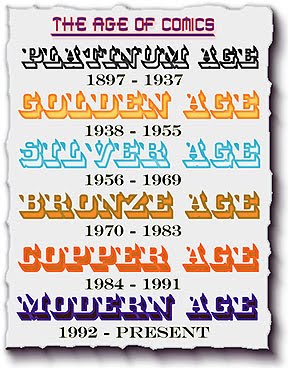
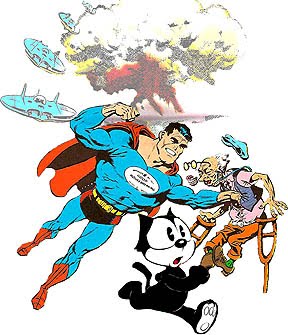






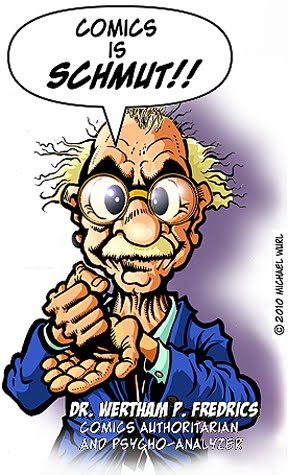
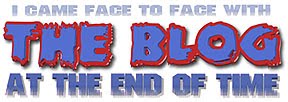

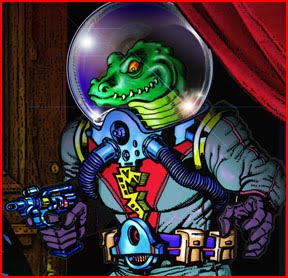

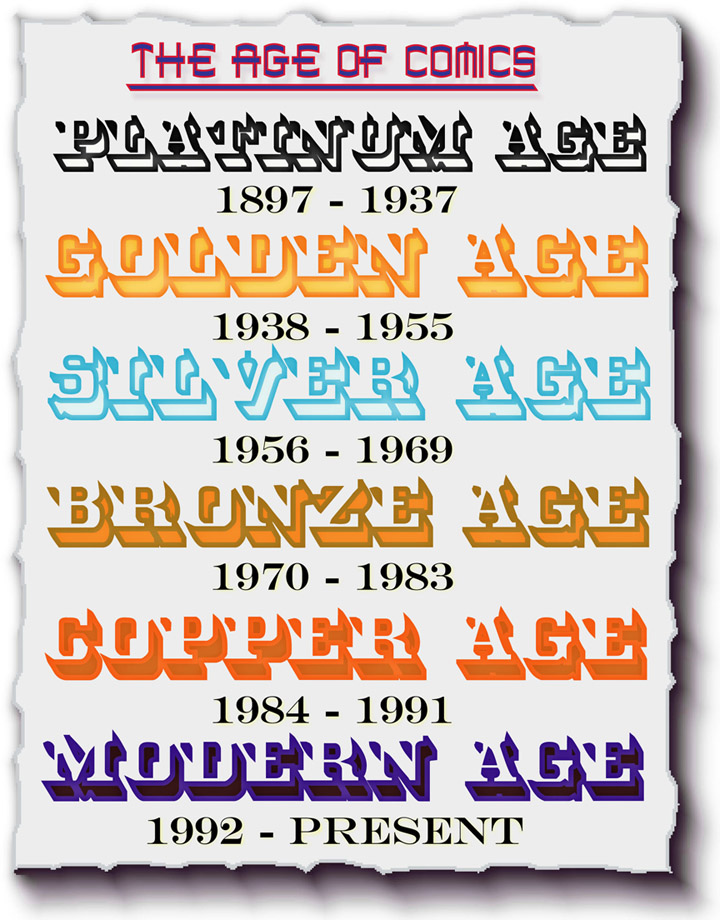
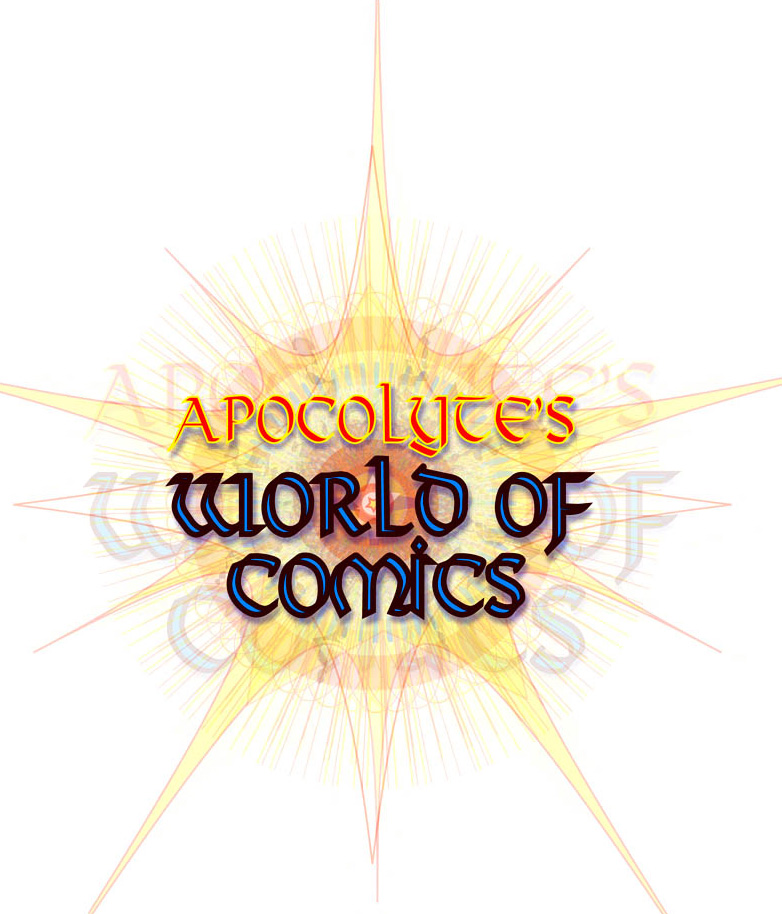
I didn't know about the Maneely/Severin origin story until seeing it here. Fascinating. It could be that there were no negatives or photostats of the Maneely story, and probably no original art, either (I don't know what Atlas/Marvel did with original art in those days...have it pulped? Send it out with the trash?) So when it came time to re-show the origin it had to be re-drawn. Even so it is odd to re-do the story with the original script, just different art. To Severin's credit he gave it his own treatment, even if using the Maneely version as a springboard.
ReplyDeletePappy,
DeleteYour theory is as good as any I can imagine. Perhaps in such a scenario as you describe, they did want to run the origin again and couldn't locate the original art. It might be that Maneely held the original artwork himself, and after his death in 1958 that original artwork was unavailable to Marvel. The Severin version did come out in 1960, two years after Maneely's death, so I suppose that is a possibility.
I agree with you, I find the comparison quite fascinating. Though to the untrained eye their artistic styles may appear very similar, with their detailed hatching, shading, etc., when compared side by side the differences emerge. I've also noticed in many comics Severin utilized the Maneely technique for establishing depth of field of figures in a panel, that is, by giving main figures in the foreground rich details and heavy outlines, while giving the illusion of depth by inking the background figures/images with thin lines and little or no detail. I could be wrong, but I do believe Maneely was one of the first (if not the first) artist to use this technique.